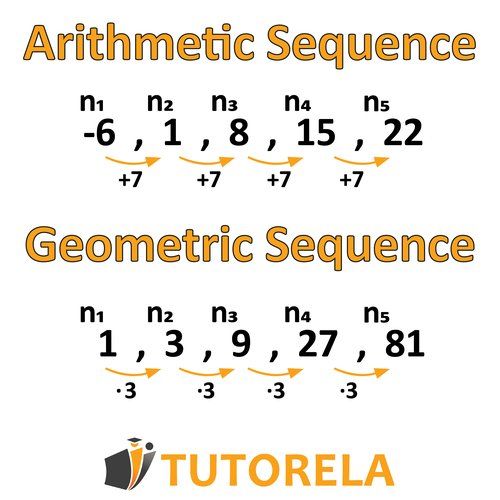Mathematical sequences are a group of terms with a certain rule that dictates a certain operation must be performed and repeated in order to get from one term to the next.
The operation can be addition, subtraction, multiplication, division, or any other mathematical operation.
For example, the following is a basic numerical series:
To get from one term to the next in the sequence we add .
And so on.
Using proper notation:
- a₁ = 1 (first term)
- a₂ = 2 (second term)
- a₃ = 3 (third term)
- a₄ = 4 (fourth term)
- a₅ = 5 (fifth term)
The pattern: Add 1 to get the next term
- a₂ = a₁ + 1 = 1 + 1 = 2
- a₃ = a₂ + 1 = 2 + 1 = 3
- a₄ = a₃ + 1 = 3 + 1 = 4
- And so on...
This is called an arithmetic sequence because we add the same value (called the common difference) to get from one term to the next.
Key Characteristics of Sequences
- Order Matters: Terms have specific positions
- 1st term, 2nd term, 3rd term, etc.
- The position of each term is crucial to the sequence
- Standard Notation:
- We typically denote sequences using subscript notation: a₁, a₂, a₃, a₄, ...
- aₙ represents the nth term (the general term)
- The subscript indicates the position of the term
- Pattern or Rule:
- There's a relationship that connects the terms
- This rule can involve addition, subtraction, multiplication, division, or more complex mathematical operations
